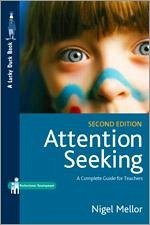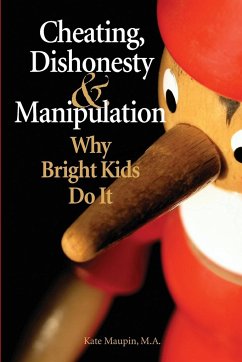Nicht lieferbar

Absent from School
Understanding and Addressing Student Absenteeism
Herausgeber: Gottfried, Michael A; Hutt, Ethan L
Versandkostenfrei!
Nicht lieferbar
"Until recently chronic absenteeism has been hiding in plain sight as a key mechanism for understanding differences in student achievement and for changing practice to improve it. This volume does a great service by pulling back the covers." --From the foreword by Elaine Allensworth and Robert Balfanz Absent from School is a comprehensive and timely resource for educators and policy makers seeking to understand the scope, impact, and causes of chronic student absenteeism. The contributors address which students are missing school and why, what roles schools themselves play in contributing to o...
"Until recently chronic absenteeism has been hiding in plain sight as a key mechanism for understanding differences in student achievement and for changing practice to improve it. This volume does a great service by pulling back the covers." --From the foreword by Elaine Allensworth and Robert Balfanz Absent from School is a comprehensive and timely resource for educators and policy makers seeking to understand the scope, impact, and causes of chronic student absenteeism. The contributors address which students are missing school and why, what roles schools themselves play in contributing to or offsetting patterns of absenteeism, and ways to assess student attendance for purposes of school accountability. This volume provides the first critical, systematic look at research that can inform and guide those who are working to ensure that every child is in school and learning every day. "Absent from School provides the most comprehensive analysis to date of a critical factor influencing student success: absenteeism. The multidisciplinary team of scholars provide an in-depth analysis of the many facets of this issue, from the complexity of measuring absenteeism to the role that students, families, and schools play in contributing to and addressing the problem." --Russell W. Rumberger, author of Dropping Out: Why Students Drop Out and What Can Be Done About It CONTRIBUTORS Elaine Allensworth Kaitlin Anderson Robert Balfanz Rekha Balu Joshua Childs Sarah A. Cordes Johannes Demarzi Shaun M. Dougherty Anna J. Egalite Stacy B. Ehrlich Kevin A. Gee Seth Gershenson Jennifer Graves Heather Hough David W. Johnson Jacob Kirksey Michele Leardo Martha Abele Mac Iver Jessica Rae McBean Jonathan N. Mills Lindsay C. Page Christopher Rick Todd Rogers Christopher Salem Carolyn Sattin-Bajaj Amy Ellen Schwartz Steven B. Sheldon Ken Smythe-Leistico Long Tran >Michael A. Gottfried is an associate professor in the Gevirtz Graduate School of Education at the University of California, Santa Barbara. Ethan L. Hutt is an assistant professor in the Department of Teaching and Learning, Policy and Leadership at the University of Maryland, College Park.













